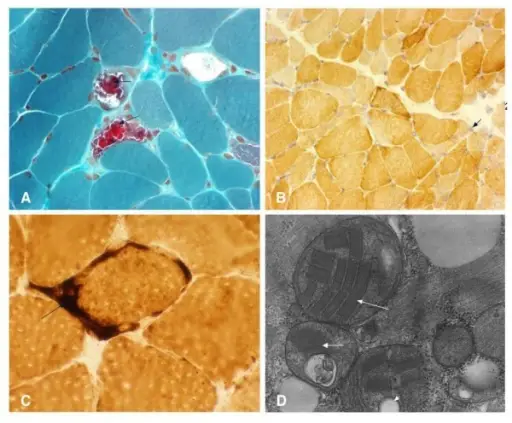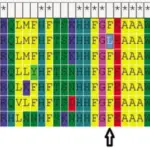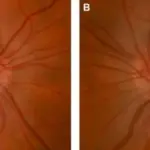Mitochondrial myopathy, encephalopathy, lactic acidosis, and stroke (MELAS) is a multisystem and progressive neurodegenerative disorder.
What is the Pathology of MELAS?
The pathology of MELAS is:
-Etiology: The cause of MELAS is by mutations in mitochondrial DNA.
-Genes involved: can result from mutations in one of several genes, including MT-ND1, MT-ND5, MT-TH, MT-TL1, and MT-TV.
-Pathogenesis: The sequence of events that lead to MELAS impaired mitochondrial translation and protein synthesis including the mitochondrial electron transport chain which impair energy production.
How does MELAS Present?
Patients with MELAS typically affects either male or female, present at age range of 3-15 years old. The symptoms, features, and clinical findings associated with MELAS include hypertrophic cardiomyopathy, seizures, stroke-like episodes, diabetes, hearing loss, ptosis, and epilepsy. Patients may also experiance muscle fatigue and pain, generalized myopathy, myalgia and severe headache.
How is MELAS Diagnosed?
MELAS is diagnosed based on clinical findings and molecular genetic testing. Lactate and pyruvate concentrations and CSF protein may be helpful. Brain MRI may be used to look for stroke-like lesions. Electrocardiogram may be used to check for heart rhythm abnormalities and echocardiogram may be used to diagnose cardiomyopathy. Muscle biopsy may show ragged red fibers.
How is MELAS Treated?
MELAS is treated with enzymes, amino acids, antioxidants and vitamins
What is the Prognosis of MELAS?
The prognosis of MELAS is poor.



